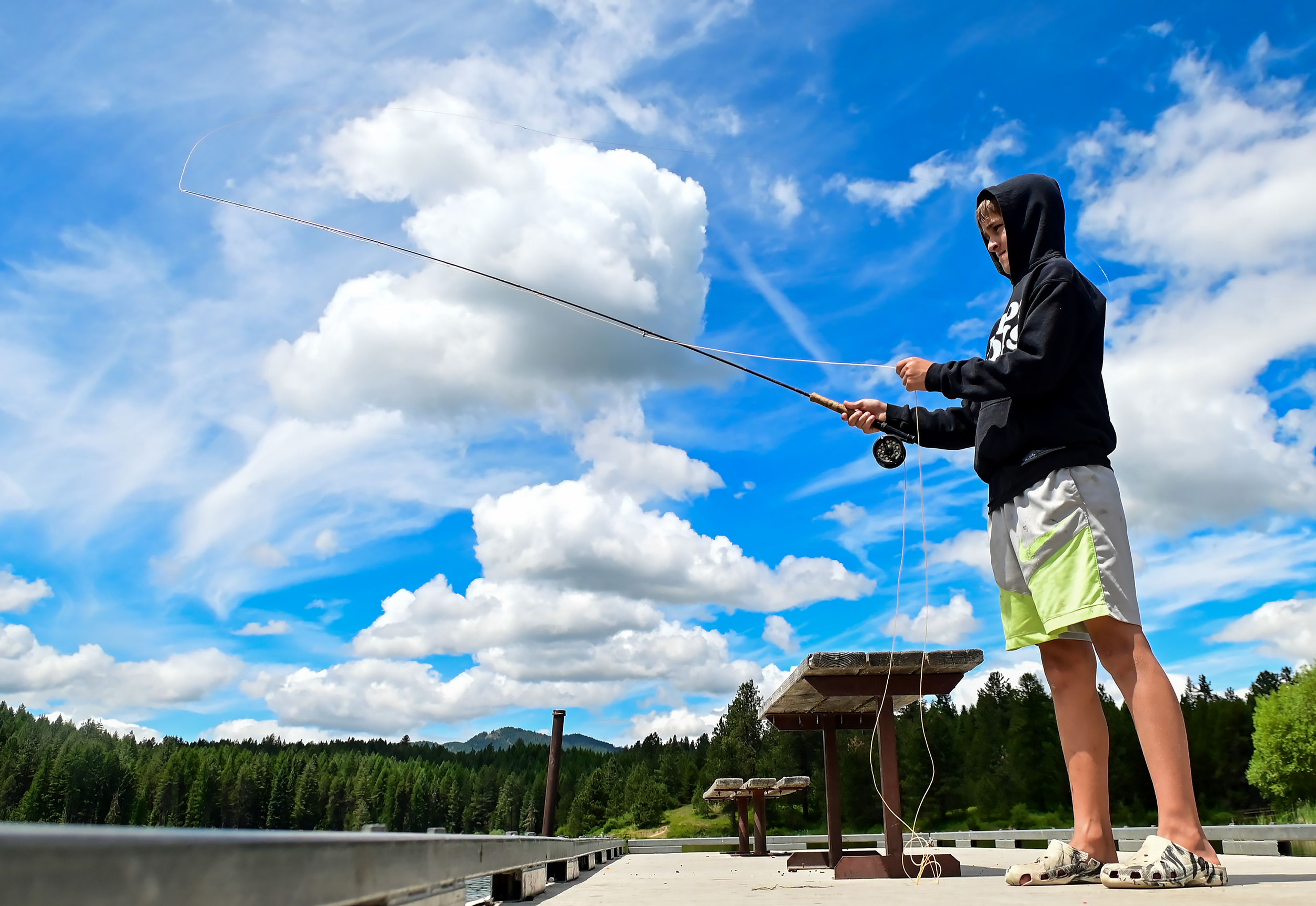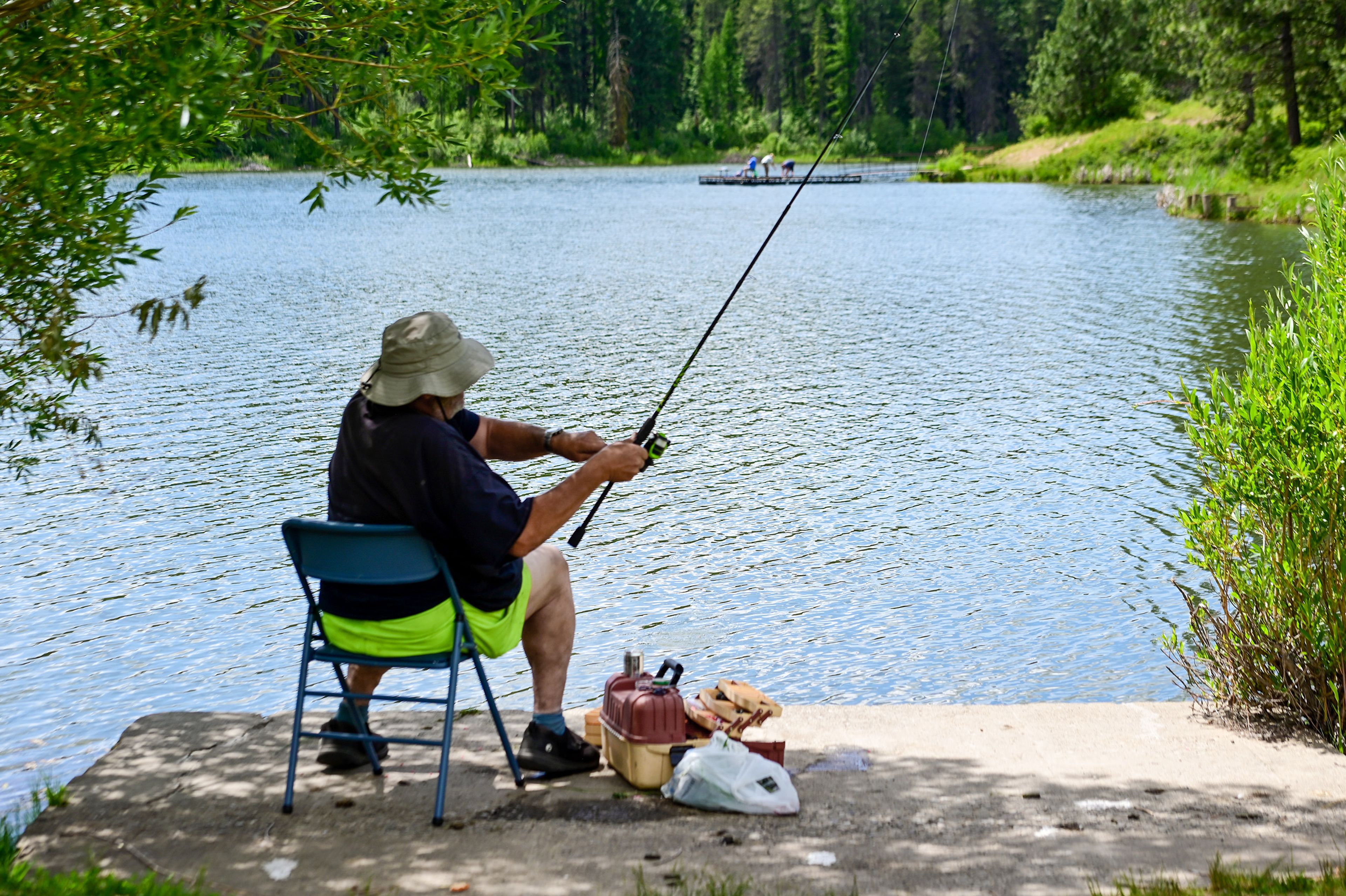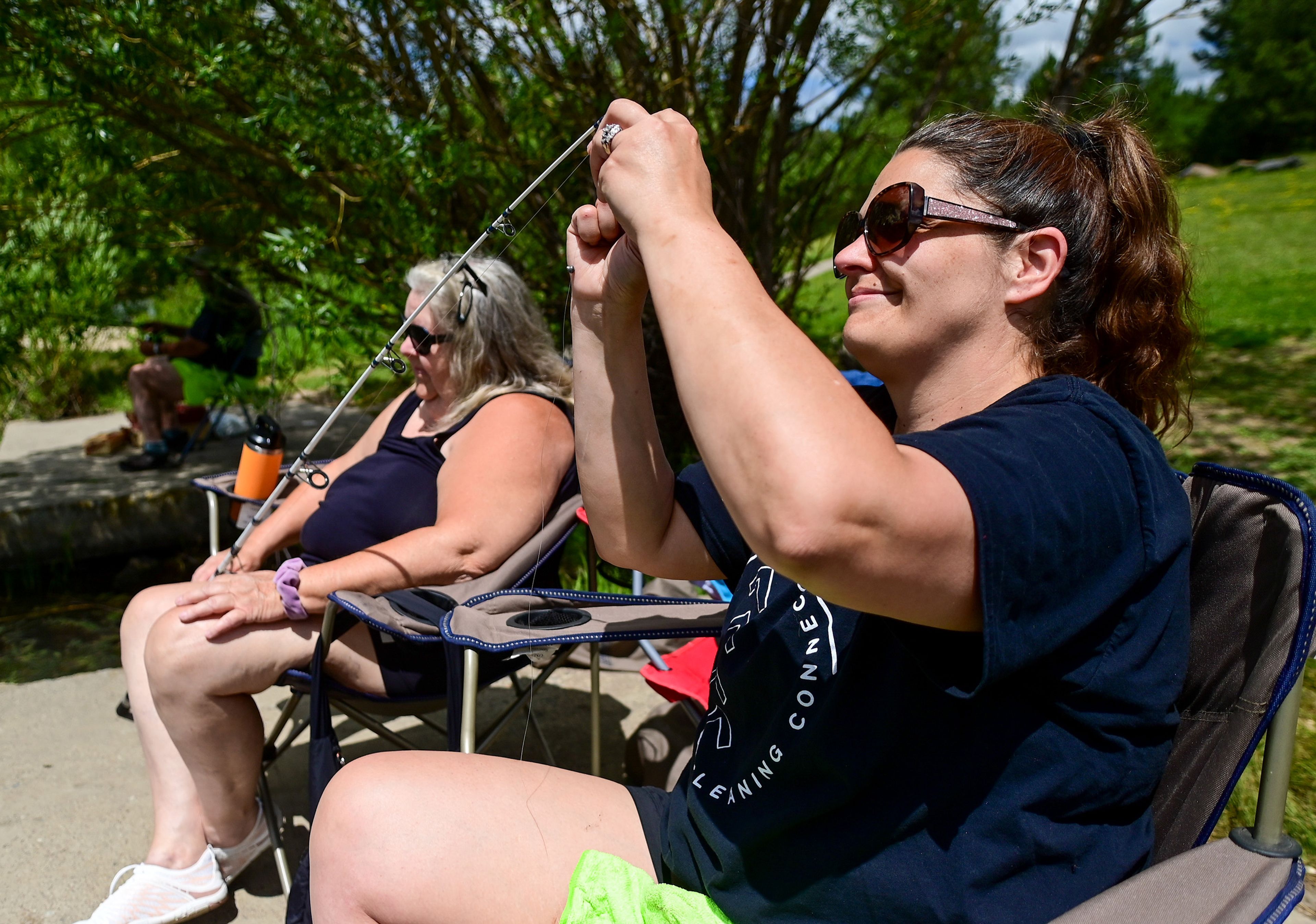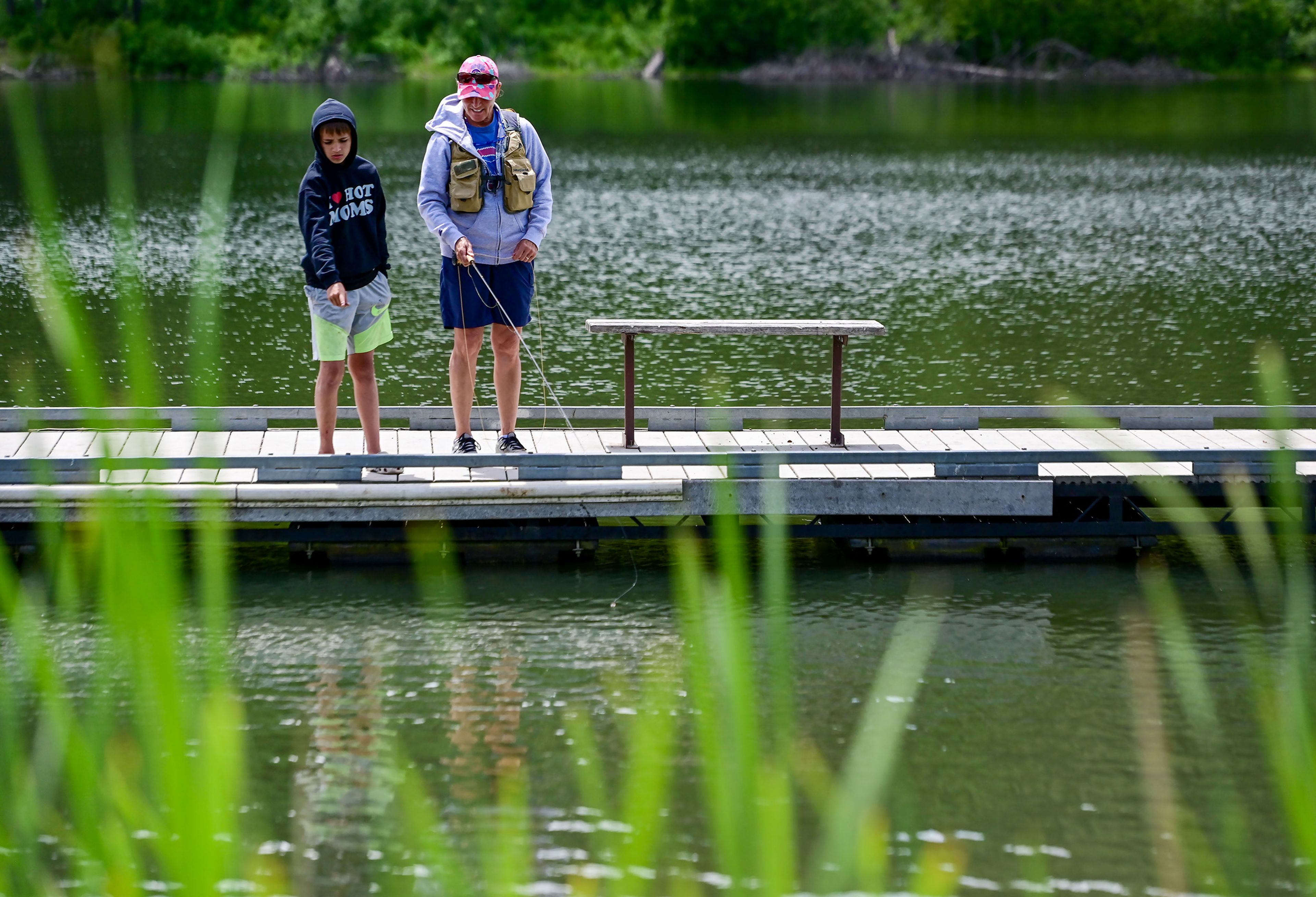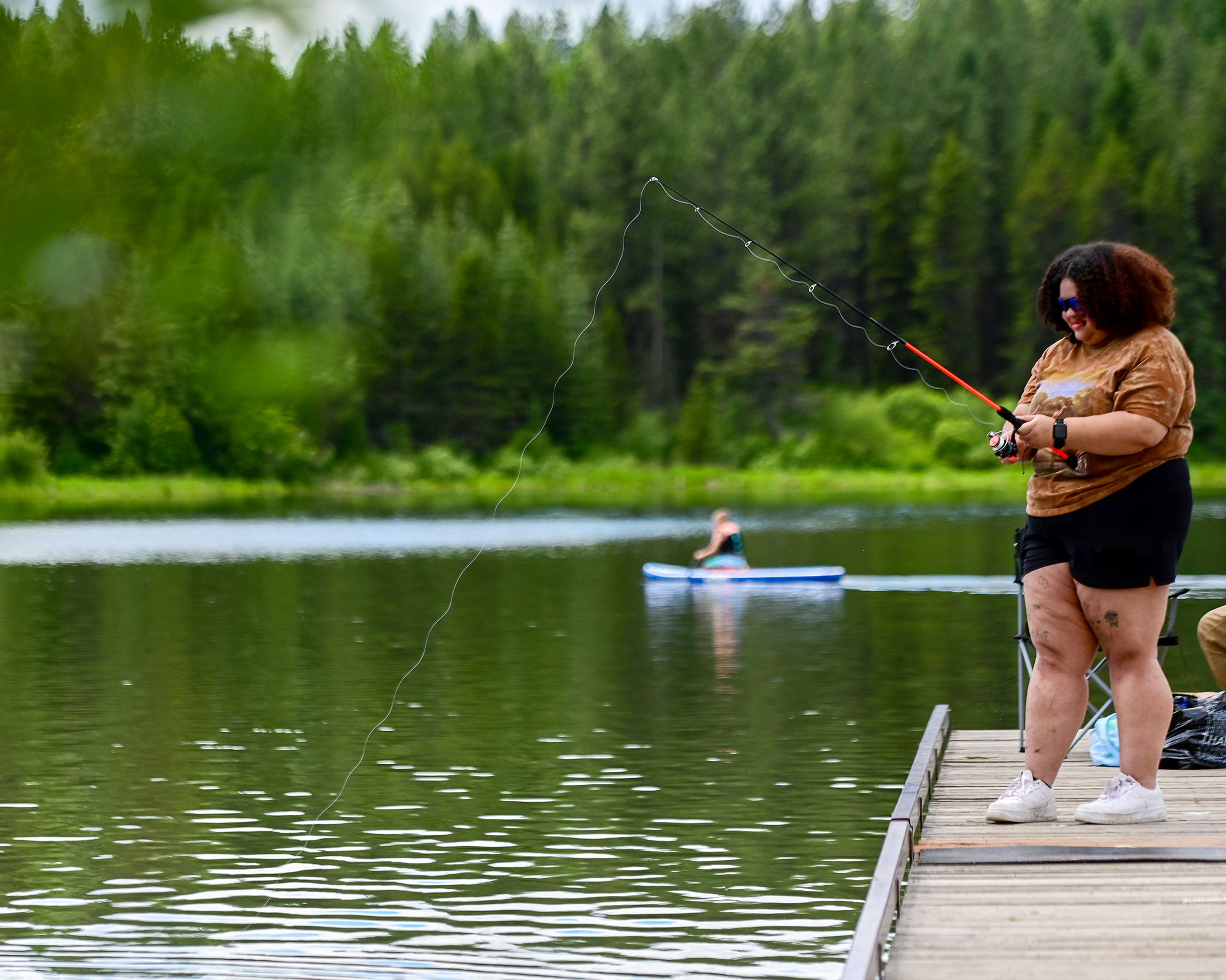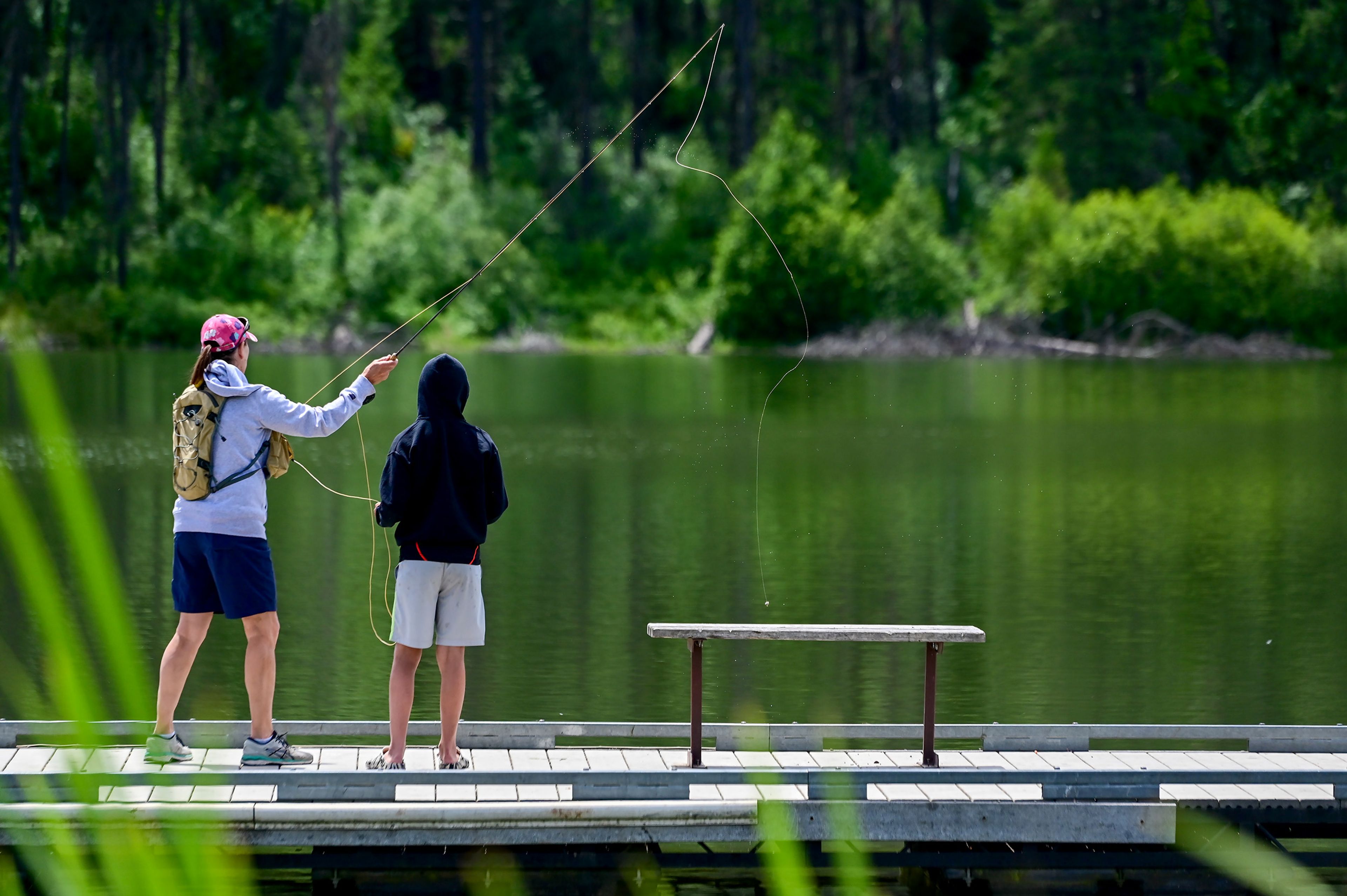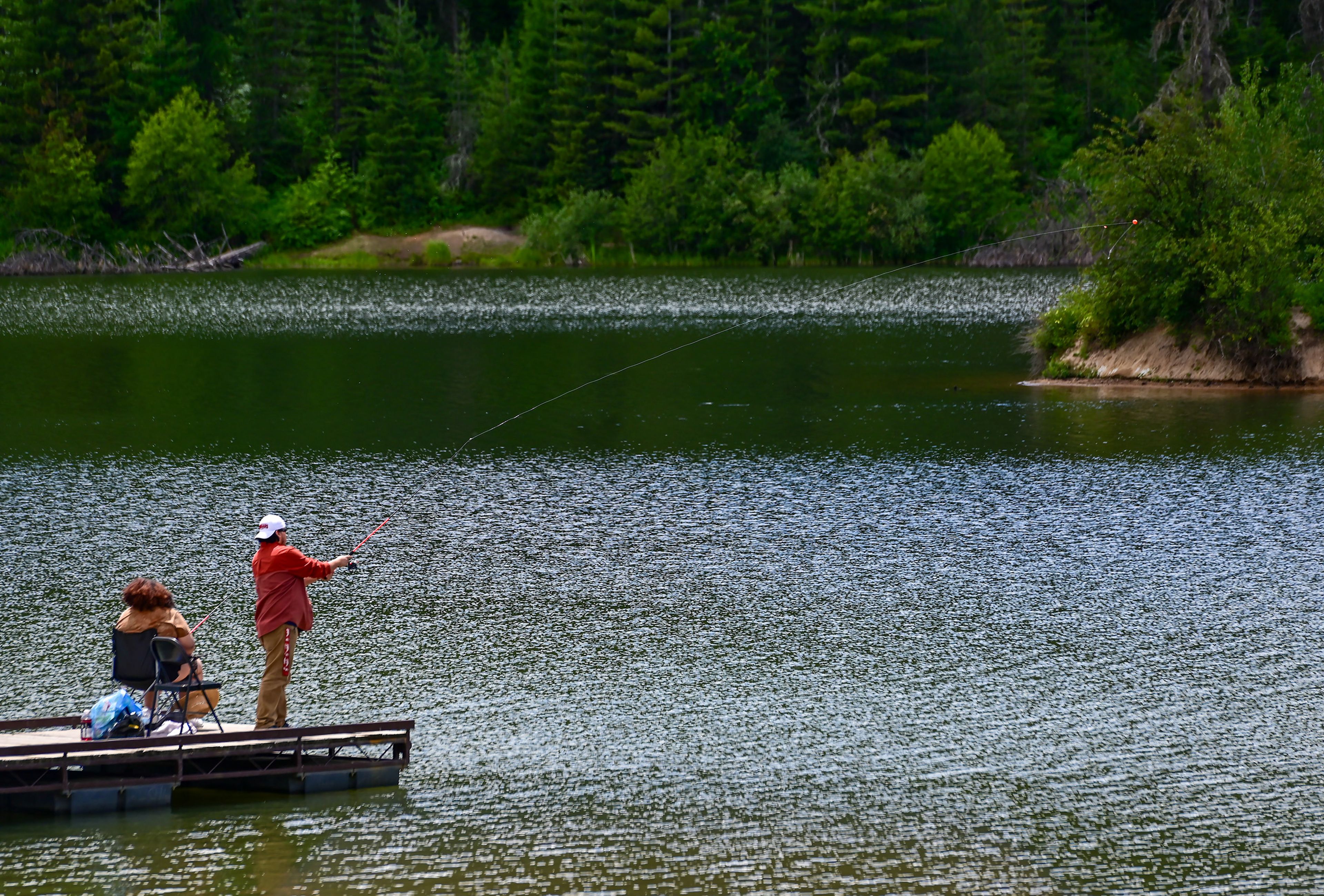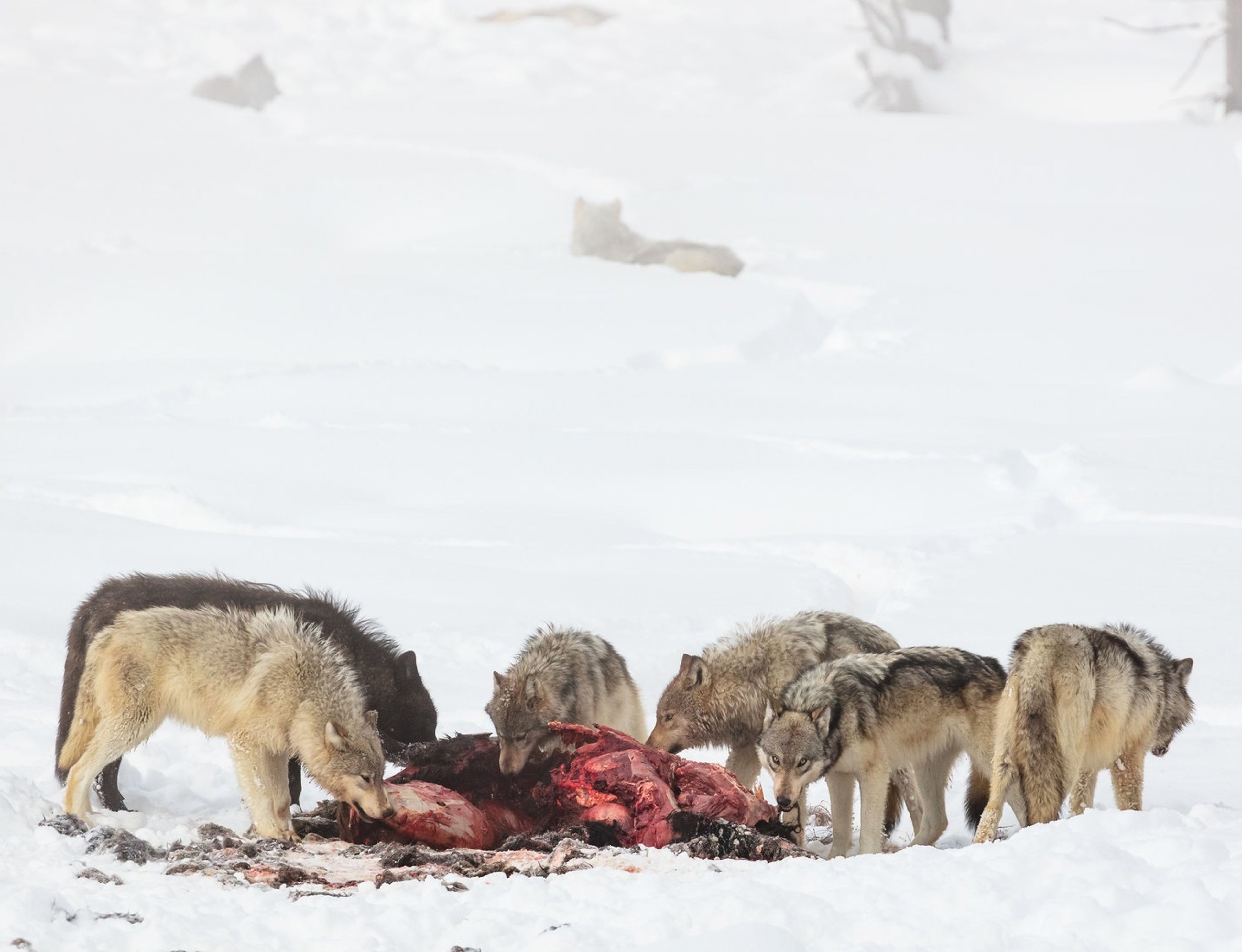Idaho officials stocking up waterways for the summer
State’s fish and game agency putting 8,000 trout in popular fishing holes in the region during July
Idaho Fish and Game will stock nearly 8,000 rainbow trout in local waterways this month.
The effort will be the largest infusion of fish to the region’s lakes and ponds for a while. The agency tapers off trout stocking in the later summer months before picking back up in the fall.
Fisheries workers already have begun introducing 10-to-12-inch trout to popular fishing holes across the Clearwater region. The agency announced in a recent news release that Elk Creek Reservoir near Elk River was replenished with 3,000 fish and Karolyns Pond near the Old Red River Ranger Station south of Elk City secured 400. Crooked Creek and Five Mile Pond each got 250. Five Mile Pond sits alongside the Crooked River southwest of Elk City and Crooked Creek flows into the Salmon River, also south of Elk City.
Between July 8-12, Campbells Pond near Pierce will be stocked with 1,000 trout, Fenn Pond near Lowell with 500 and White Sands Pond near Powell with 400. Karolyns Pond will be stocked with another 400 trout between July 15-19. Campbells Pond will get 1,000 and White Sands Pond 400 from July 22-26.
Waters near the cities of Moscow and Lewiston won’t be stocked for some time. Clearwater region Communications Manager Jen Bruns said this is for a good reason — trout are sensitive to elevated water temperatures.
Bruns said the department accounts for this during its stocking cycle. The agency will heavily fill most bodies of water in the spring and fall when water temperatures are cooler. Once the summer comes, she said officials will back off in areas with warmer temperatures.
She added stocking strategies are also based on wild fish species in the region. Establishing hatchery rainbow trout in certain areas could pose competition with native fish, especially for protected ones like bull trout and species of concern like westslope cutthroat trout.
Stocked trout are raised in hatcheries for the sole purpose of being caught. Bruns said it’s an opportunity for anglers to have a constant supply in popular areas.
All rainbow trout from hatcheries are triploids, meaning they are sterile. She said this is more manageable and protects native populations. If stocked fish make it into a tributary stream, they are unable to reproduce.
The agency prefers to introduce catchable-size trout between 10-12 inches. Bruns added officials will sometimes stock magnum trout that are 14 inches or larger; however, she’s unaware if that will happen this year.
An Idaho fishing license is required for anyone ages 14 and older. The agency states on its website annual adult residence licenses costs around $30, and junior between 14-17 costs about $16. Day permits are also available at varying prices.
Bruns said a common misconception is Idaho Fish and Game’s stocking program is funded through state tax dollars. Most are supported by fishing and hunting license monies. Purchasing a license supports fishery and hatchery operations, along with stocking throughout the year, she said.
“It’s the main reason we’re able to do this,” Bruns said. “It’s a neat opportunity made possible by the people who enjoy (the sport).”
The 2022-24 Idaho Fishing Seasons and Rules Booklet can be viewed at idfg.idaho.gov/rules/fish.
Pearce can be reached at epearce@dnews.com.
